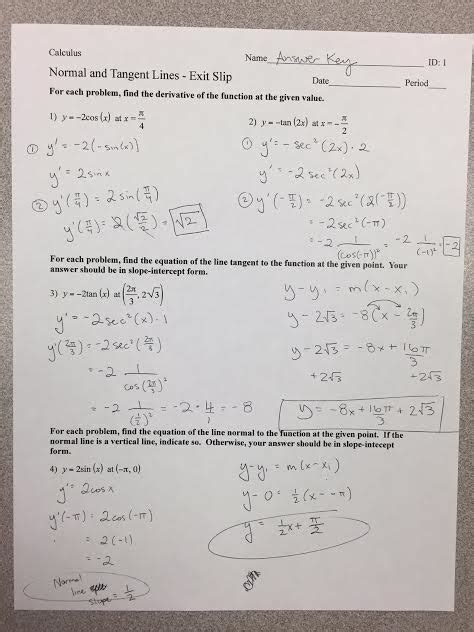Introduction

Prepare to ace the AP Calculus Unit 1 exam with our comprehensive review guide designed to help you master the essentials and tackle the exam with confidence. This in-depth review covers all the key concepts, formulas, and techniques you need to know to succeed.
Definitions and Theorems
- Limit: The value that the function approaches as the input approaches a specific value.
- Continuity: A function is continuous if its graph has no breaks or jumps at a given point.
- Continuity Theorems: Intermediate Value Theorem, Extreme Value Theorem
Techniques for Finding Limits
- Direct Substitution
- Factoring
- Rationalizing
- L’Hôpital’s Rule
Definition and Applications
- Derivative: The instantaneous rate of change of a function.
- Applications: Tangent lines, optimization, related rates
Rules for Differentiation
- Power Rule
- Product Rule
- Quotient Rule
- Chain Rule
Using Derivatives to Find Extreme and Critical Values
- Extreme Values: The highest and lowest points of a function.
- Critical Values: Points where the derivative is zero or undefined.
Related Rates
- Problem: Involving two or more variables that change over time.
- Method: Use derivatives to relate the rates of change.
Optimization
- Problem: Finding the maximum or minimum value of a function.
- Method: Use the derivative to find critical values and then evaluate the function at those values.
Curve Sketching
- Problem: Graphing a function by analyzing its derivative.
- Method: Determine the intervals where the function is increasing/decreasing, concave up/down, and find the extrema.
- Use graphs: Visualize functions and their derivatives to gain insights.
- Break down problems: Divide complex problems into smaller, manageable steps.
- Practice regularly: The more you practice, the more confident you will become.
- Don’t memorize: Understand the concepts and apply them to solve problems.
- Get help when needed: Don’t hesitate to ask for assistance from your teacher or a tutor.
- Not understanding the definitions: Clearly define limits, continuity, and derivatives before attempting to solve problems.
- Mixing up derivative rules: Ensure you use the correct rule for the function you are differentiating.
- Ignoring critical values: Do not miss potential extreme values by overlooking critical values.
- Misinterpreting graphs: Analyze graphs carefully to identify intervals of increase/decrease and concavity.
- Making careless errors: Check your calculations thoroughly and avoid rushing the exam.
Mastering AP Calculus Unit 1 is essential for success on the exam and beyond. By following the principles outlined in this review guide, practicing diligently, and avoiding common mistakes, you can build a solid foundation in limits, derivatives, and their applications. Remember, the more effort you put in now, the greater your chances of achieving your AP Calculus goals.
